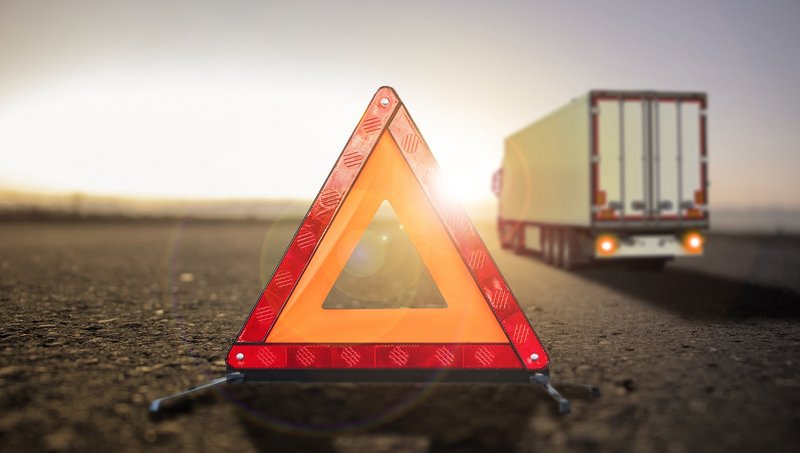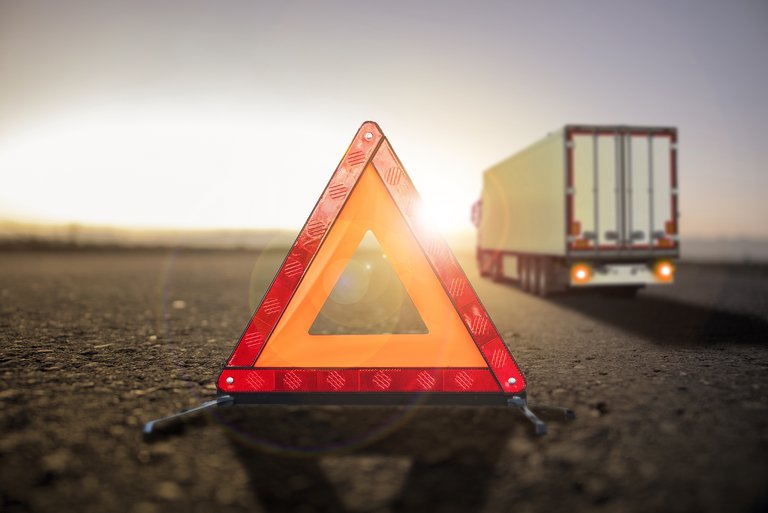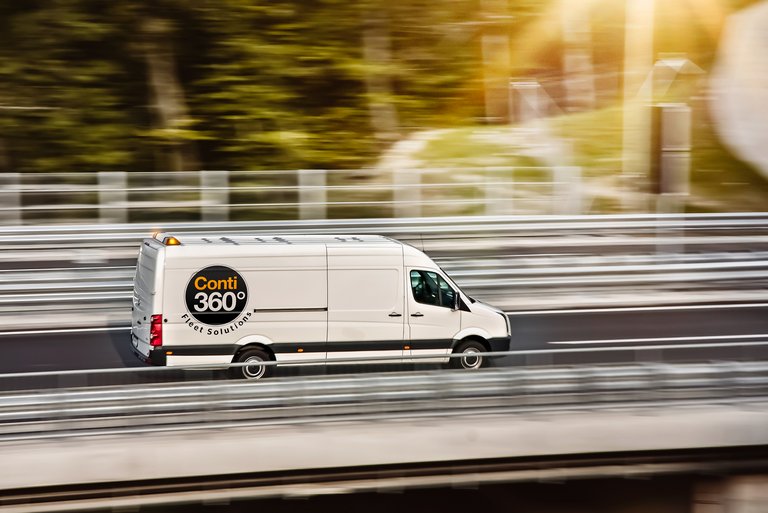Continental Compiles European Breakdown Regulations and Emergency Procedures for Trucks
- Every country has different emergency protocols and regulations
- Guidelines help drivers and fleet managers get assistance fast in an emergency
- Conti360° breakdown service network in 37 European countries helps keep important supply chains up and running
Hanover, April 9, 2020. A breakdown is a troublesome event for truck and bus drivers – and one where they need help fast. In the current coronavirus crisis, it is more important than ever for them to get fast support and information on what to do, given the crucial part they play in keeping supplies of urgently needed goods flowing smoothly. On cross-border trips in particular, drivers can feel lost in the event of a breakdown, and need to be aware of the emergency protocols that they should follow. In response, Continental, a technology company and manufacturer of premium tires, has compiled information for drivers and fleet managers about the different tire-related breakdown regulations for trucks and buses in 24 European countries. The company has just launched a microsite with all the necessary information, including market specifics and hotlines for Conti360° support, which can be found here (also available as PDF download): www.continental-truck-tires.com/breakdown-regulations
The information covers the following countries: Austria, Belgium, Bulgaria, Croatia, Czech Republic, Denmark, Finland, France, Germany, Hungary, Italy, Netherlands, Norway, Poland, Portugal, Romania, Russia, Serbia, Slovakia, Slovenia, Spain, Sweden, Switzerland, and the United Kingdom.
Ralf Benack, Director Fleet Solutions at Continental’s business region Europe, Middle East and Africa (EMEA), explains how the idea arose: “Initially we were compiling the breakdown regulations for our employees in the Conti360° back offices, so that they could advise on safety protocols and regulations in the event of a breakdown, but now we’ve made them available on our website to give drivers and fleet managers a helping hand in an emergency out on the road.”
The list also provides contact details for Continental’s Conti360° breakdown service hotline in each country. The Conti 360° service network has 7,500 partners in 37 European countries. In 2019, Continental’s Conti360° breakdown service helped over 29,000 vehicles get back on the road across Europe. Thanks to the 15,000 service vehicles in the Conti360° network, fleet operators and drivers can rely on a fast and professional response – typically getting their vehicles and goods back on the road in just over two and a half hours.
Special rules apply in Netherlands, Sweden and France
As Continental points out, in some countries special obligations and protocols need to be respected. By way of example: In the Netherlands, the Rijkswaterstaat authority assesses the situation with surveillance cameras or from its highway vehicles and calls in a tow truck and/or additional security if required. In France, drivers (and not the fleet’s back office) must push the SOS button themselves to notify the Highway agency; only if the SOS button is not working is the driver allowed to call the police directly. The fleet office cannot notify highway security about the breakdown. And on some of Sweden’s European routes (E4, E16, E18, E20) the law states that a truck-mounted attenuator (TMA) vehicle must be called out to secure the broken-down vehicle.
What to do in the event of a tire-related breakdown
Continental’s overview of European breakdown regulations shows – country by country – when drivers or fleet managers should involve a third party and the police; who needs to place the call; tire fitment restrictions; the country-specific authorities; and how Conti360° covers third-party costs, if they are incurred. In addition, Continental recommends taking the following general measures in the event of a breakdown, which, incidentally, also apply to car drivers:
- Stop in the emergency lane (hard shoulder) and turn on your hazard lights
- Put on your reflective safety vest
- Place the warning triangle 50 meters (100 – 150 meters on highways) behind your vehicle
- Take shelter behind the safety barrier and notify the police or third-party assistance

Michael Nehring
Manager Media Relations
Passenger and Truck Tires Region Europe, Middle East & Africa
- +49 0 511 938 2230



